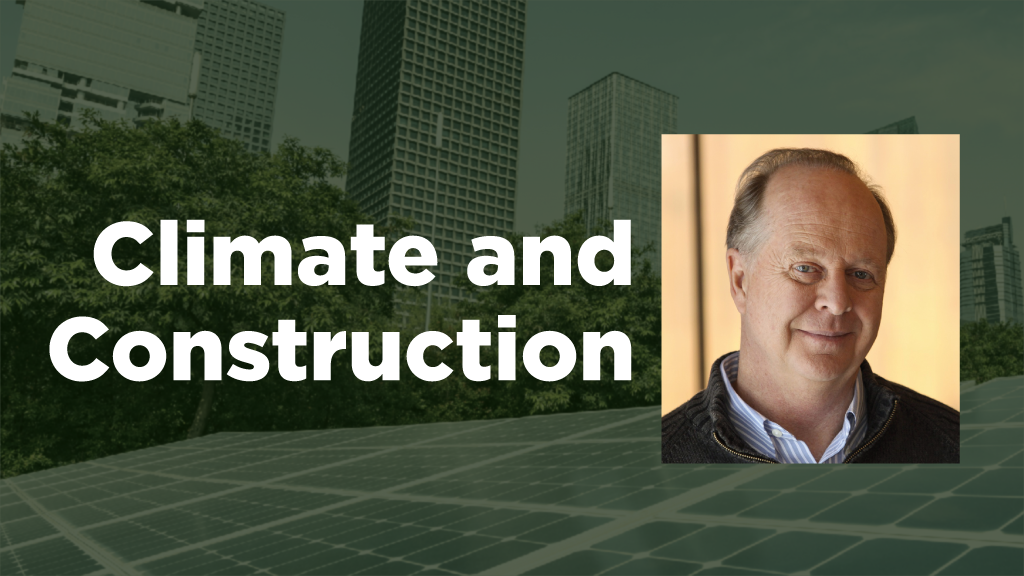For decades, urban growth of major metropolitan cities has been based on ever-increasing rings of residential sprawl into outlying greenfields. However, climate change is shifting discussion away from the instinct to sprawl towards controlled densification within existing boundaries.
City life has taken a bad rap for years due to perceptions of over crowding. Recently, it looked like COVID would be the death knell for cities. When infection rates were soaring in New York City, then-Governor Andrew Cuomo was quoted saying, “It’s very simple. It’s about density. It’s about the number of people in a small geographic location allowing that virus to spread. Dense environments are its feeding grounds.”
Yet major urban centres continue to draw people. Andy Cohen of Forbes Real Estate Council writes that by 2050, 70 per cent of the earth’s population will live in cities.
Suburban sprawl continues to enjoy support, however. Living outside urban cores has long been associated with lower crime rates and an improved quality of life.
Meanwhile, governments across Canada have proclaimed a national housing crisis caused by a lack of supply. The concept of individual home ownership is promoted as a right of citizenry. The ideal single family home with its own private lot is typically made manifest by residential sprawl. It’s a North American concept largely unknown in Europe.
Planned density in cities large and small has multiple benefits. It allows more cost-efficient development of supporting infrastructure and increased public transit. On the other hand, relentless suburban growth requires widespread infrastructure to deal with basics like water, sewage and road access.
Many municipal councils believe the cost of new infrastructure in outlying areas will be covered by upfront development fees and property tax revenues down the road. But as Ray Tomalty of consultancy Smart Cities Research Services explained recently in the Globe and Mail, this can feed a development approval cycle called “the sprawl Ponzi scheme,” wherein new developments must be continually approved in order to fund the long-term maintenance of older ones.
There are also concerns regarding the overall environmental impact of the outward sprawl spiral.
Outward sprawl usually takes the form of single family production homes built on lands that were once farmers’ fields or forests. These homes are typically built to code minimum, a level of energy efficiency that even in its latest incarnation fails to move operational carbon reduction forward from 2015. Furthermore, decades-old home construction processes themselves result in significant carbon emissions. Once built, these clusters of semi-remote homes lack any sense of community and require occupants to drive cars to go anywhere.
After years of persuasive lobbying by housing experts, larger metropolitan districts are coming to grips with increased residential density within their current boundaries. Backyard apartments, laneway housing and rezoning allowing low-rises and infill housing are now becoming part of the urban residential landscape, all the while maintaining neighbourhood character.
However, smaller jurisdictions often lack staff sufficiently familiar with modern urban planning to properly understand concepts such as gentle densification.
For example, Orillia, Ont., a city of 31,000 located two hours north of Toronto, proposed last fall to annex nearly 950 additional acres from surrounding townships, despite having sufficient land to meet 2051 provincially-mandated projections.
Mayor Steve Clarke justified the city’s proposal, arguing high intensification targets would, “most certainly disrupt the character of Orillia, a community that has traditionally been sensitive to height.” Clarke has since agreed to discuss the matter with anti-sprawl advocates.
Ironically, many municipalities like Orillia are simultaneously developing climate change action plans. Orillia’s Climate Future intends to, “chart the course for the municipality to reduce its greenhouse gas emissions and enhance the community’s resilience to future changes in climate.”
The conundrum is that everything associated with residential sprawl is counter-productive to reducing carbon emissions and embodied carbon. The result is that when smaller cities fail to grasp the densification lessons learned by large and mid-sized centres, their lofty goals addressing climate change come in conflict with their actions.
John Bleasby is a Coldwater, Ont.-based freelance writer. Send comments and Climate and Construction column ideas to editor@dailycommercialnews.com










Recent Comments